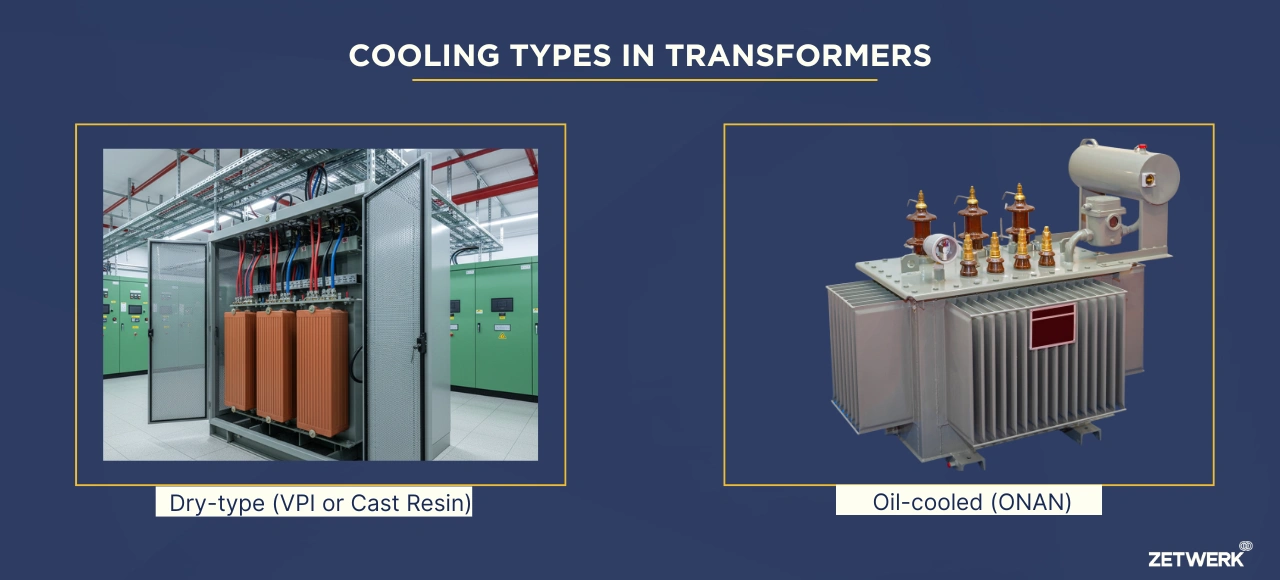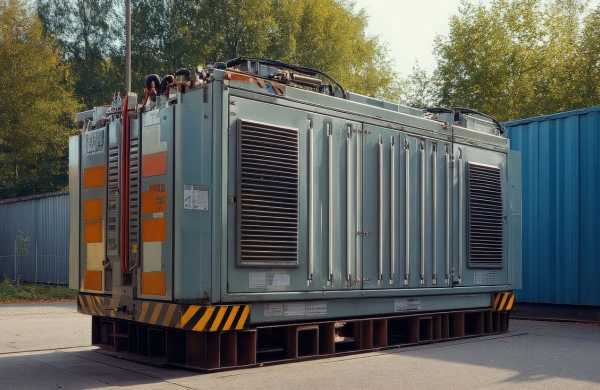Every production line, refinery, and processing plant runs on one essential foundation — stable electrical power. As industries grow more automated and power-intensive, maintaining voltage stability and energy efficiency has become critical. This is where industrial transformers play a central role.
Designed to handle continuous heavy loads, frequent voltage fluctuations, and demanding environmental conditions, industrial transformers ensure reliable energy conversion and delivery. Whether it’s powering assembly lines, furnaces, or data centers, these transformers form the backbone of modern manufacturing.
Know About Industrial Transformers: The Power Behind Manufacturing Excellence
Understanding Industrial Transformers
An industrial transformer is designed to supply power to large-scale industrial equipment operating at different voltage levels. Unlike standard distribution transformers, which primarily serve residential or light commercial applications, industrial transformers handle higher capacity loads and more complex electrical systems.
Purpose and Function
They step up or step down voltages to match machinery requirements, ensure voltage regulation, and minimize losses during power transmission within the facility.
Key Roles Include:
- Powering heavy-duty equipment such as motors, drives, and compressors.
- Supporting variable load demands in process industries.
- Isolating circuits for safety and protection.
- Ensuring power factor correction and stable voltage.
Core Design and Construction
Magnetic Core
The core is built from high-grade CRGO steel laminations, assembled with step-lap joints to reduce hysteresis and eddy current losses. The design ensures low magnetostriction, minimizing noise and heat generation.
Windings
Industrial transformers use electrolytic copper conductors with multi-layer winding configurations. Depending on capacity, designs include concentric or sandwich windings to balance magnetic flux and reduce leakage reactance.
Insulation System
Insulation materials — kraft paper, Nomex, or epoxy resin — are chosen for high dielectric and thermal endurance. They maintain integrity even under frequent load cycling.
Cooling Mechanisms
Cooling types include:


- Oil-cooled (ONAN/ONAF) for large-capacity installations.
- Dry-type (VPI transformer or Cast Resin) for indoor or high-safety environments.
Zetwerk engineers optimize thermal paths through computational fluid dynamics (CFD), ensuring even heat dissipation across all windings.
Key Features of Industrial Transformers
1. Continuous Duty Performance
Engineered for round-the-clock operation, these transformers maintain efficiency under full load without overheating.
2. Voltage Flexibility
Custom ratings allow integration with various supply systems — from 3.3 kV to 33 kV — ensuring compatibility with regional grid conditions.
3. Rugged Construction
The tank and core assemblies are designed to withstand mechanical shocks, vibrations, and thermal expansion common in industrial environments.
4. Advanced Safety Systems
Incorporates pressure relief devices, Buchholz relays, temperature indicators, and oil level gauges for proactive protection.
5. Compact and Modular Design
Space-efficient layouts allow easy installation in confined switchyards or factory substations.
Applications Across Industrial Sectors
Industrial transformers are indispensable across a wide range of sectors, including:
Manufacturing Plants
Powering assembly lines, conveyors, CNC machines, and welding systems with precise voltage regulation.
Steel and Cement Plants
Handling high reactive power loads and maintaining consistent voltage for furnaces, crushers, and kilns.
Oil & Gas Refineries
Feeding heavy pumps, compressors, and process control systems under fluctuating loads.
Mining and Metals
Providing dependable power to crushers, conveyors, and ventilation systems in harsh environments.
Data Centers and IT Parks
Ensuring continuous, distortion-free power for critical servers and IT infrastructure.
Renewable Energy Systems
Integrating wind and solar farms into industrial grids with step-up/step-down functions.
Technical Performance Parameters
Industrial transformers are designed for high electrical and mechanical endurance.
| Parameter | Typical Range |
| Voltage Class | 3.3 kV – 33 kV |
| Power Rating | 500 kVA – 25 MVA |
| Cooling Type | ONAN / ONAF / VPI / Dry-type |
| Frequency | 50 / 60 Hz |
| Insulation Class | A / F / H |
| Efficiency | >98% at rated load |
| Noise Level | ≤60 dB (as per IEC 60076-10) |
These specifications ensure stable operation even under unbalanced or transient loads.
Standards and Testing
All industrial transformers must undergo rigorous testing as per international and Indian standards to ensure reliability and safety:
Applicable Standards:
- IEC 60076 – Power Transformers
- IS 1180 (Part 1) – Distribution Transformers
- IS 2026 – General Requirements for Transformers
- IEEE C57.12 – Standard for Power Transformers
Typical tests include:
- Ratio and polarity verification
- No-load and short-circuit loss measurement
- Impulse and dielectric strength testing
- Temperature rise test
- Partial discharge and sound level tests
Zetwerk ensures every unit meets or exceeds these benchmarks before dispatch.
Why Industrial Transformers Are a Strategic Investment
Industrial transformers directly impact operational efficiency, energy costs, and production uptime.
Reduced Downtime
High thermal stability and insulation integrity minimize failure risk and unscheduled outages.
Lower Energy Losses
Optimized magnetic cores and precision windings ensure low no-load and copper losses.
Enhanced Safety
Integrated monitoring systems and overload protection ensure personnel and equipment safety.
Long-Term Cost Savings
Lower maintenance requirements and longer operational life result in improved return on investment.
Zetwerk’s Manufacturing Expertise
Zetwerk combines advanced engineering and end-to-end manufacturing control to produce reliable, type-tested industrial transformers.
Design & Engineering
- Simulation-driven core and thermal optimization.
- CAD-based winding layouts and electromagnetic modeling.
Manufacturing & Quality
- Automated core cutting and coil winding.
- Vacuum drying and resin impregnation for insulation integrity.
- Routine and type testing under ISO-certified processes.
Documentation & Support
Comprehensive technical documentation, FAT certifications, and after-sales support ensure transparency and reliability for EPC clients.
Benefits for EPCs and Industrial Clients
- Customization flexibility for plant voltage and layout.
- Compliance-ready documentation for tenders and audits.
- On-time delivery with integrated production and logistics.
- Reliable after-sales service for lifecycle support.
Zetwerk’s manufacturing scale and project management capabilities allow industries to execute large installations with confidence and technical precision.
Conclusion
Industrial success depends on reliable, uninterrupted power — and industrial transformers are the foundation of that reliability. Their robust design, high efficiency, and consistent performance make them indispensable to modern manufacturing.
Zetwerk designs and manufactures precision-engineered industrial transformers that meet international standards for safety, efficiency, and durability. Each unit reflects superior material quality, tested performance, and engineering expertise — ensuring your plant stays powered without compromise. For manufacturing facilities that demand reliability and excellence, partner with us— where every Zetwerk transformer is built to empower industry and performance.




FAQs
A1: Industrial transformers are designed for higher capacity, continuous duty cycles, and custom voltage/load conditions typical of manufacturing facilities.
A2: 25–30 years, depending on load profile and maintenance practices.
A3: Yes, VPI or cast resin designs are available for indoor and fire-sensitive environments.
A4: Usually above 98%, depending on size and design.
A5: Yes, every transformer includes type test reports, routine test certificates, and material traceability records.



